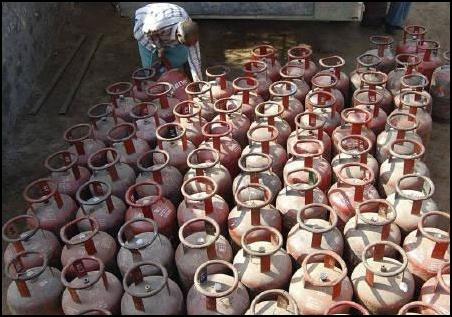
When household bills for Liquefied Petroleum Gas (LPG) jump over 60 per cent for those using 12 refills a year, the increase in the price of cooking fuel will beat that of petrol.
Since its decontrol in June 2010, the petrol price has seen a much smaller increase of 20 per cent, a small but interesting fact that a purportedly common man-oriented government appears to have overlooked.
Part of the reason for this massive jump in LPG expense is that the current differential between the subsidised retail and market price is around Rs 484, more than double what consumers were charged.
For petrol, the differential has never been so stark. So, a full decontrol of petrol price in June 2010 became a reality easily with a Rs 3.50 a litre increase in price but bridging the subsidy gap for domestic LPG required a gradual approach.
...
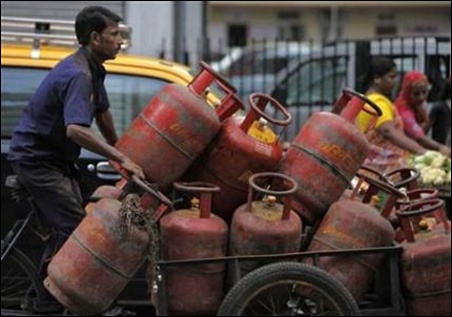
Stealthy gradualism, in fact, has marked the United Progressive Alliance's (UPA's) approach to petroleum subsidies, in sharp contrast to the National Democratic Alliance's (NDA's) shift to market-linked prices for diesel and kerosene and a roadmap for phasing out market-linked pricing for LPG and kerosene.
Given that fuel pricing is a contentious political issue, it was no surprise that the fortnightly market-linked price revisions for petrol and diesel under the NDA regime did not last long.
But gradualism also creates potential problems, as is evident in the quota on cooking gas cylinders - though the move has been considered radical and coalition partner Trinamool Congress quit in protest.
...

The result is a complicated structure that allows a consumer to get six subsidised cylinders at the subsidised price of Rs 399 (New Delhi price). For subsequent refills, consumers will have to pay around the current market price of Rs 883.
Since the domestic price has an 80 per cent linkage with imported LPG, the market price of Rs 883 will change every month.
An added complication is that Congress-ruled states of Delhi, Assam and Haryana have attempted to alleviate the impact of the Union government's decision by announcing a three-cylinder top-up (taking the annual quota of subsidised cylinders to nine for households in these states). Delhi, though, will limit it to families that are below the poverty line.
The proposal for a cap has been doing the rounds of government for some years. Initially, the plan was to put the cap at 10. The idea was based on the fact that these cylinders often find their way into commercial use.
...
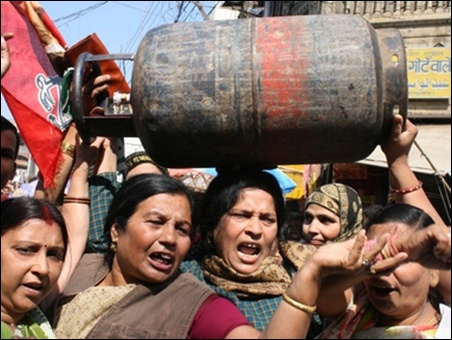
Besides, unlike kerosene, which is distributed through the public distribution system and is, therefore, not universally available, subsidised cooking gas benefits the rich as well.
So, a two-pronged approach was adopted involving a crackdown on multiple connections and setting up a transparency portal that showed that 44 per cent of customers use six cylinders in a year.
Capping the number of subsidised cylinders only pares the under-recovery or revenue loss that the government-owned oil marketing companies (OMCs) incur - last month, the estimate of losses from LPG sales would come down by only Rs 5,300 crore to about Rs 32,000 crore for the full year.
And that is if the quota system works - its success depends on how OMCs are able to combat the well-established misuse in their dealer networks.
...
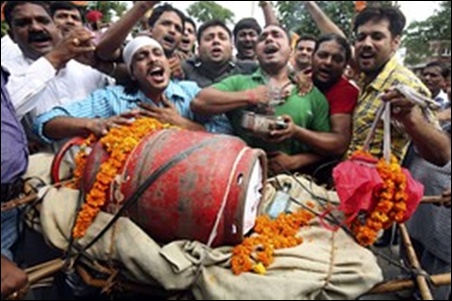
The companies are banking on a software application that will be added to the transparency portal, but that is unlikely to prevent a dealer from booking subsidised cylinders in the name of consumers who use less than the quota of six.
Since the government has stuck to its position despite the political turmoil, the next stage could be cash credit of subsidy through an Aadhar-based smartcard. Eventually, the subsidy, too, would be limited to a certain category of people but for now the UPA government appears to be testing the waters for phasing out the LPG subsidy.
In motors fuels, too, the approach has been to tinker with the duty structure on petrol and diesel. In the diesel price rise of Rs 5 a litre announced last month, excise accounts for Rs 1.50.
...
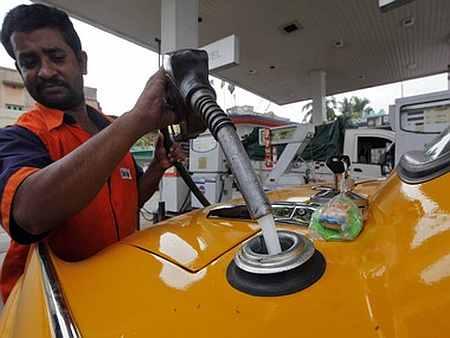
Though the exercise has been revenue neutral, it has ended up giving OMCs relief of only Rs 3.50 a litre on diesel sales against the required Rs 17. In the case of petrol where excise was reduced by Rs 5.30 a litre, the government prevented the retail price from rising by passing on the benefit to OMCs.
In its first tenure (2004-2009), the UPA had moved towards a specific excise duty structure for petrol and diesel (instead of ad valorem) to prevent the price rise from cascading, but the excise on kerosene and LPG continues to be nil.
The central exchequer has, in fact, seen a decline in revenues on this head from Rs 23,627 crore in the first quarter of 2012-13 to Rs 17,595 crore in the same period this year. But with state taxes continuing to be on ad-valorem basis, their collection has increased 18 per cent to Rs 29,070 crore in April-June 2012.
...
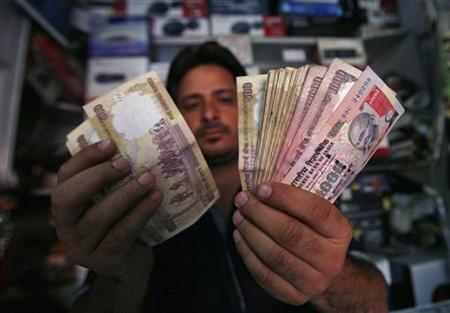
If the policy signals from the September 14 decisions are to be analysed, it is clear the approach in petroleum pricing is now product-wise.
In June 2010, a more confident government decontrolled petrol, and took an in-principle decision to decontrol diesel price. More than two years after that, all the government has done in diesel is to announce a higher administered price that falls way short of a market linkage.
Thus, petroleum pricing policy as it stands is a series of unrelated government decisions. Petrol is decontrolled in theory but each time a price rise is needed, the proposal oscillates between the government and its OMCs.
...
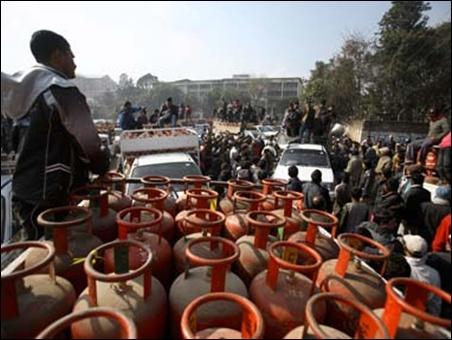
Domestic LPG now has a cap, but that still entails 70 per cent of some 1 billion cylinders to be partly funded by government dole. In diesel, price revision has become an annual political decision; decontrol is not in sight.
And in kerosene, cash transfers of subsidy is being tried out in some places even as the quota for states have been cut in line with rising use of LPG.
The government's approach appears to be based on ad-hocism rather than calibrated thinking on fuel pricing. The brighter side is that the sheer magnitude of the fiscal deficit is forcing it to sharpen the subsidy delivery mechanism and reduce malpractice.
But that can only be a small part of an effort to control petroleum subsidy that constitutes around 30 per cent of Rs 216,297-crore subsidy given out of taxpayer's money last year.